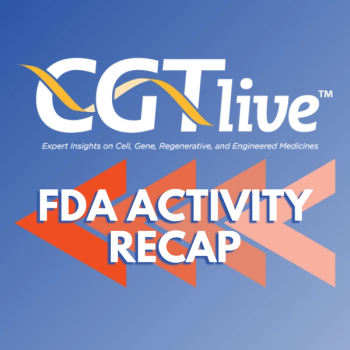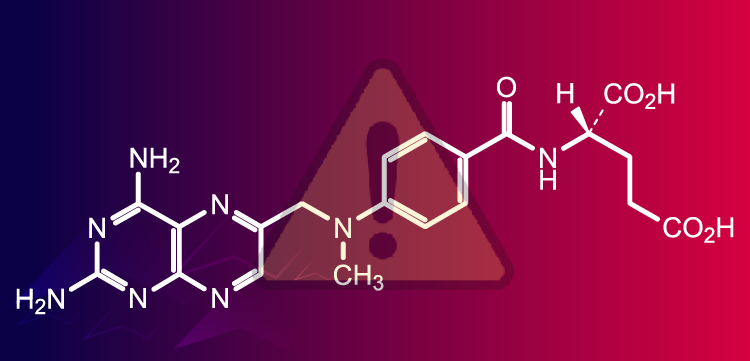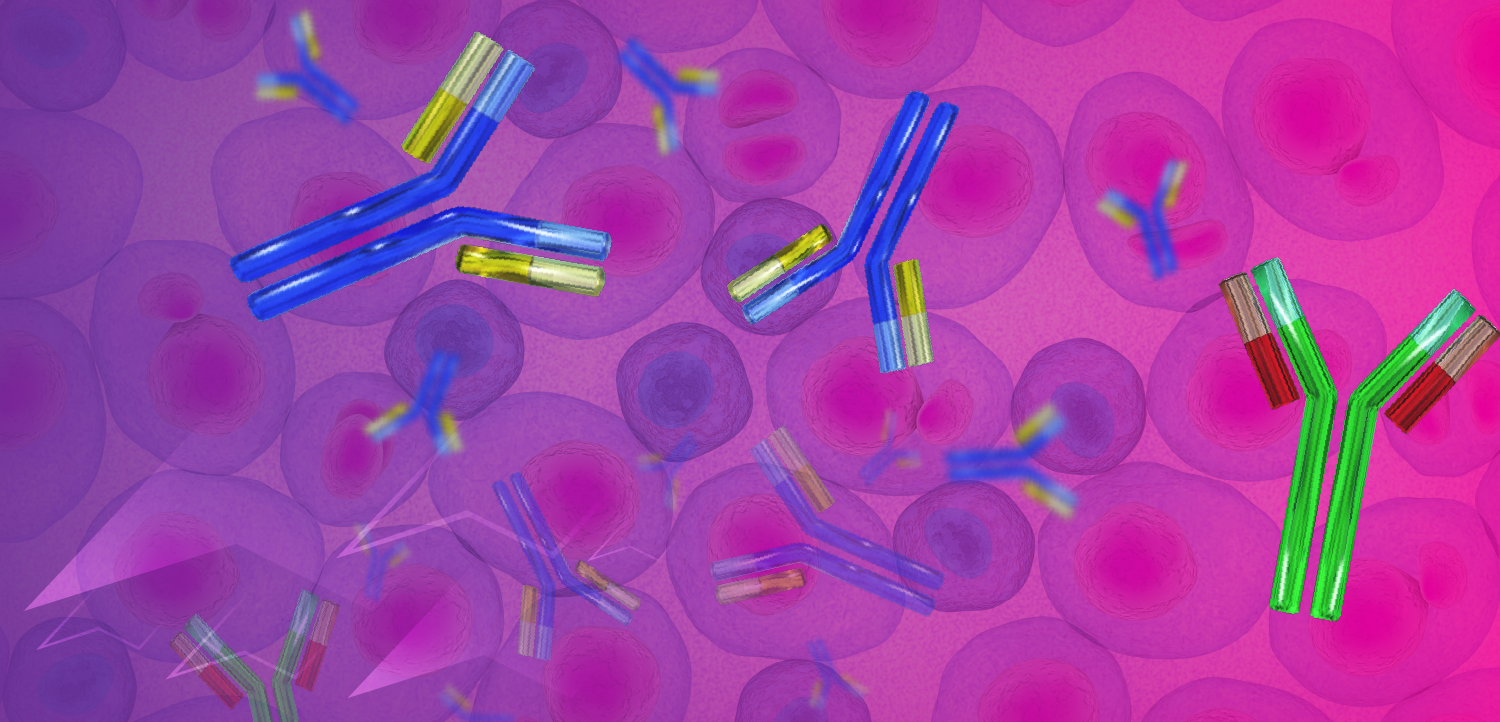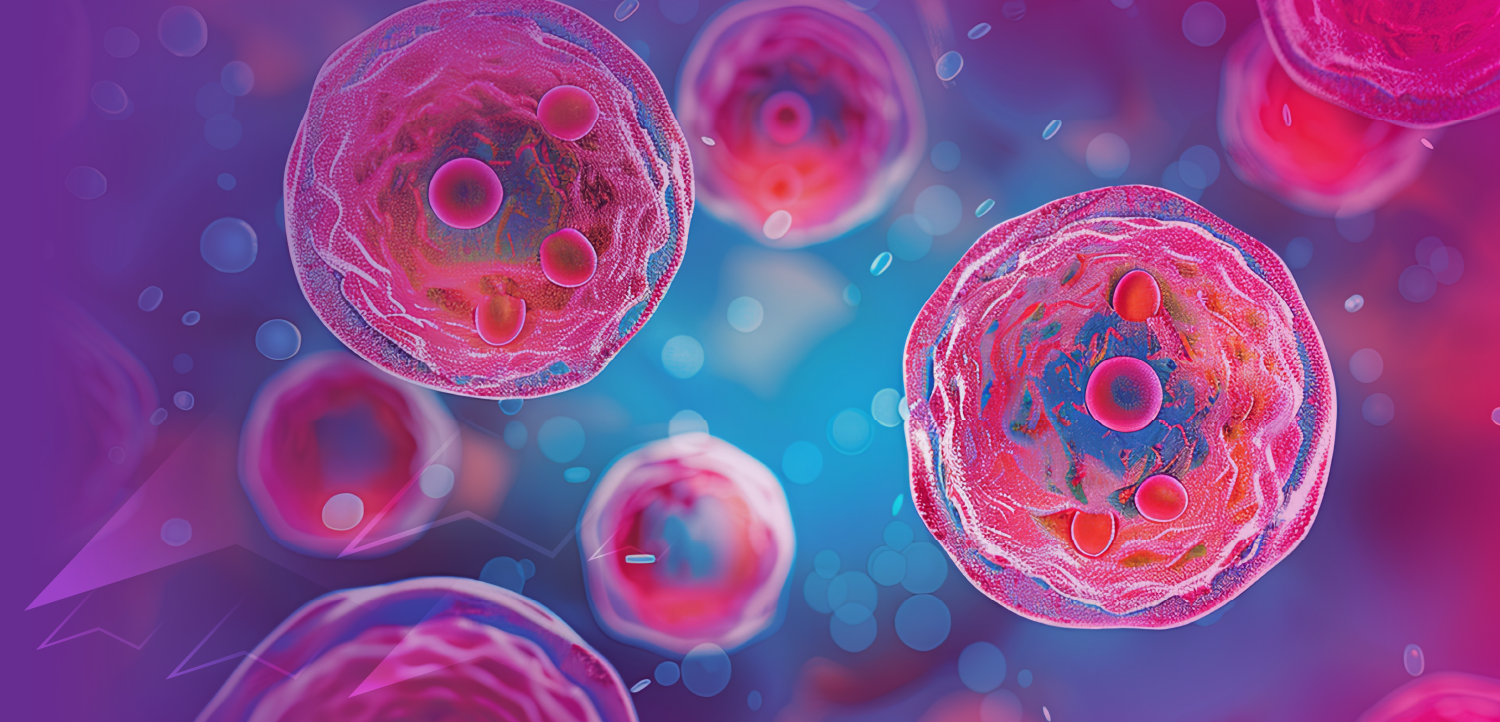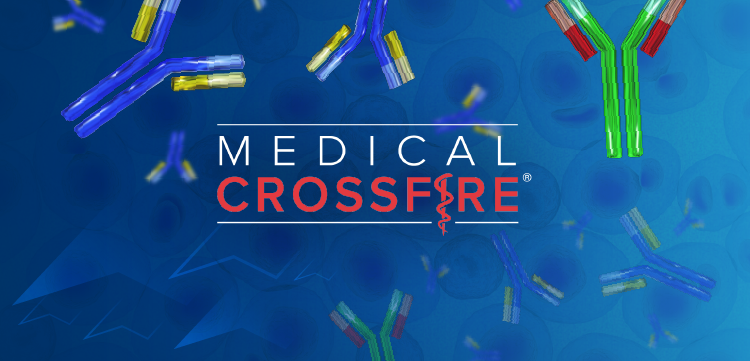
Oncotype DX Test Expanded to Include ER and PR Scores
Genomic Health, Inc, recently announced that its Oncotype DX report is now providing quantitative estrogen receptor (ER) and progesterone receptor (PR) scores to physicians and patients in addition to the trademarked Recurrence Score. This expansion of the assay is based on the results of a study published in the Journal of Clinical Oncology, which confirmed that reverse transcriptase polymerase chain reaction (RT-PCR) by Oncotype DX can deliver quantitative gene expression levels for assessing ER and PR status, which are critical factors in determining the use and benefit of hormonal therapy for the treatment of breast cancer.
Genomic Health, Inc, recently announced that its Oncotype DX report is now providing quantitative estrogen receptor (ER) and progesterone receptor (PR) scores to physicians and patients in addition to the trademarked Recurrence Score. This expansion of the assay is based on the results of a study published in the Journal of Clinical Oncology, which confirmed that reverse transcriptase polymerase chain reaction (RT-PCR) by Oncotype DX can deliver quantitative gene expression levels for assessing ER and PR status, which are critical factors in determining the use and benefit of hormonal therapy for the treatment of breast cancer.
Unlike traditional methodologies that provide either a positive or negative result, or a semiquantitative result, RT-PCR by Oncotype DX generates a specific score across a continuous range of expression, allowing physicians to factor the quantitative level of ER and PR gene expression into their treatment planning.
‘Added Certainty’
“Every breast tumor expresses the estrogen receptor gene at a specific level and, similar to other diagnostic measures, the ability to more accurately pinpoint that level increases the confidence in a diagnosis and treatment plan,” said Sandra Swain, md, medical director, Washington Cancer Institute, Washington Hospital Center. “Having quantitative ER and PR scores provides added certainty in confirming expression levels of these important genes in predicting how likely a patient is to benefit from hormonal therapy.”
This study published in JCO was originally presented at the American Society of Clinical Oncology Breast Cancer Symposium in September 2007. It measured ER and PR gene expression in 776 breast cancer patients by both local laboratory and central immunohistochemistry (IHC), and quantitative RT-PCR, as performed by the Oncotype DX assay. Results showed a high degree of agreement between the two methods.
In an accompanying editorial, Dr. Craig Allred commented, “RT-PCR is at least equivalent to [immunohistochemistry] in its ability to identify receptor-positive cases (considering ER and PR combined), marginally superior in predicting outcome in ER-positive patients, and superior in technical precision.”
Newsletter
Stay at the forefront of cutting-edge science with CGT—your direct line to expert insights, breakthrough data, and real-time coverage of the latest advancements in cell and gene therapy.


